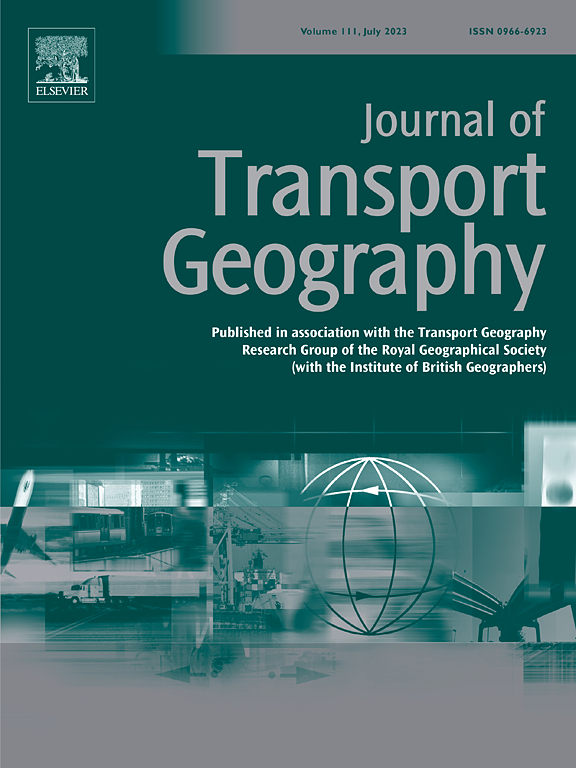21世纪以来全球铝土矿流动演化及其因果关系——基于资源流场模型
IF 6.3
2区 工程技术
Q1 ECONOMICS
引用次数: 0
摘要
随着全球工业化的快速发展,铝土矿作为一种重要的矿产资源,其需求量正逐年增加。研究全球铝土矿流动演化及其因果关系,对资源政策制定、产业布局优化和可持续发展具有重要意义。以2000 - 2022年铝土矿资源场数据为基础,构建了铝土矿资源场的资源流场模型,揭示了铝土矿资源场的特征及其因果关系。结果表明:①巴西、几内亚、印度尼西亚和澳大利亚是全球铝土矿资源的主要出口国,加拿大、美国、西班牙、德国和中国是全球铝土矿资源的主要进口国;(2)全球铝土矿资源流动主要由南半球为源流场和北半球为汇流场构成;(3)出口商充足的供应能力和进口商旺盛的生产需求是铝土矿资源流动的基本动力,而长途运输成本和铝土矿价格是基本阻力。本研究可为相关国家和地区的铝土矿资源管理、政策制定和产业发展提供依据。本文章由计算机程序翻译,如有差异,请以英文原文为准。
The evolution and causality of global bauxite flow since the 21st century: Based on the resource flow field model
With the rapid development of global industrialization, bauxite, as an important mineral resource, is experiencing increasing demand annually. It is crucial for resource policy formulation, industrial layout optimization and sustainable development to study the evolution and causality of global bauxite flow. This paper constructs a resource flow field model of bauxite resource fields based on the data from 2000 to 2022, revealing the characteristics and causality of its resource fields. The results show that: (1) Brazil, Guinea, Indonesia, and Australia are major exporters of global bauxite resources, while Canada, the United States, Spain, Germany, and China are major importers; (2) The flow of global bauxite resources is mainly composed of the southern hemisphere as a source-flow field and the northern hemisphere as a sink-flow field; (3) The sufficient supply capacity of exporters and the strong production demand of importers are basic driving force of bauxite resource flow, while long-distance transportation costs and bauxite prices are the basic resistance. This study can provide a basis for the bauxite resource management, policy formulation and industrial development of relevant countries and regions.
求助全文
通过发布文献求助,成功后即可免费获取论文全文。
去求助
来源期刊

Journal of Transport Geography
Multiple-
CiteScore
11.50
自引率
11.50%
发文量
197
期刊介绍:
A major resurgence has occurred in transport geography in the wake of political and policy changes, huge transport infrastructure projects and responses to urban traffic congestion. The Journal of Transport Geography provides a central focus for developments in this rapidly expanding sub-discipline.
 求助内容:
求助内容: 应助结果提醒方式:
应助结果提醒方式:


